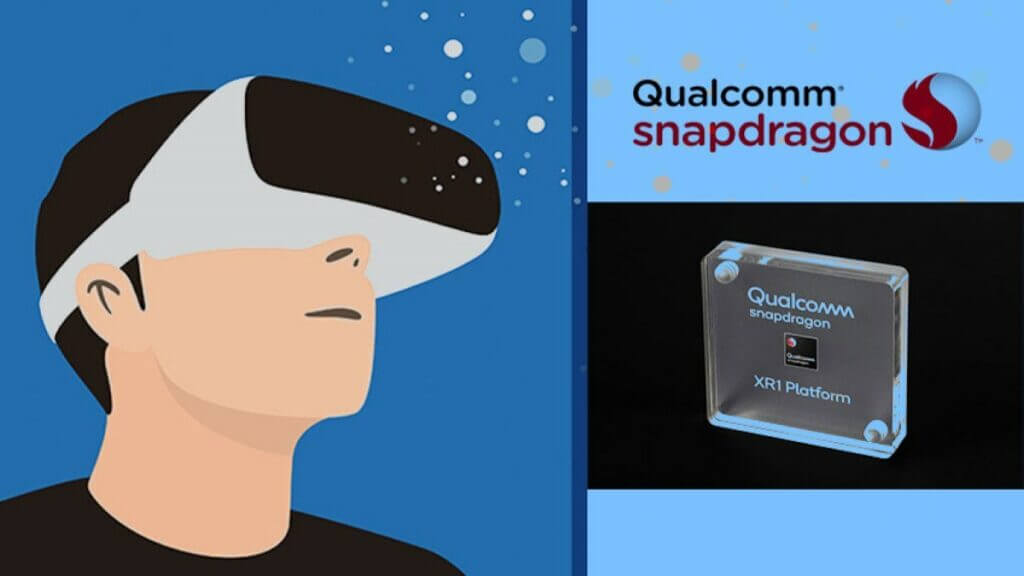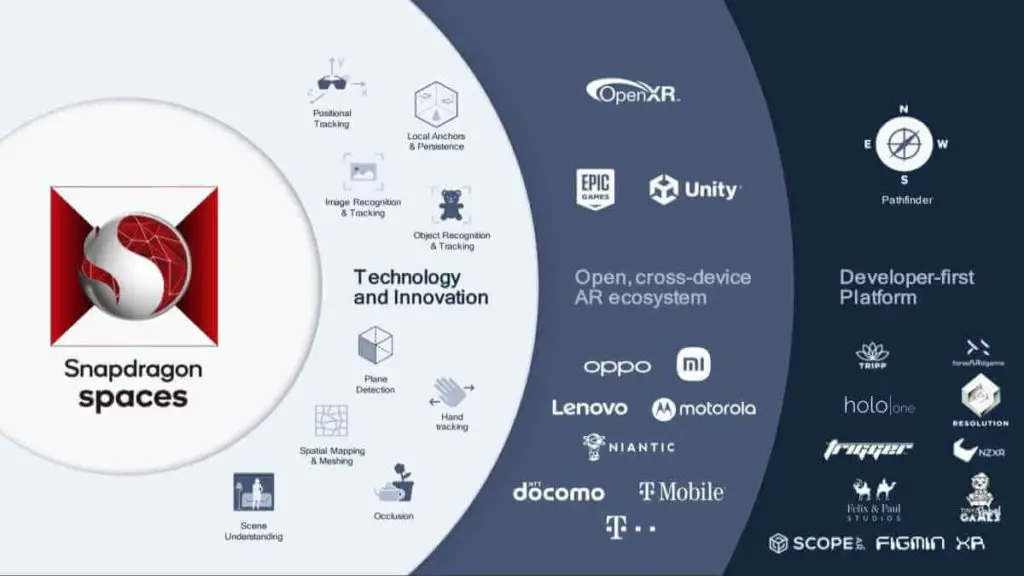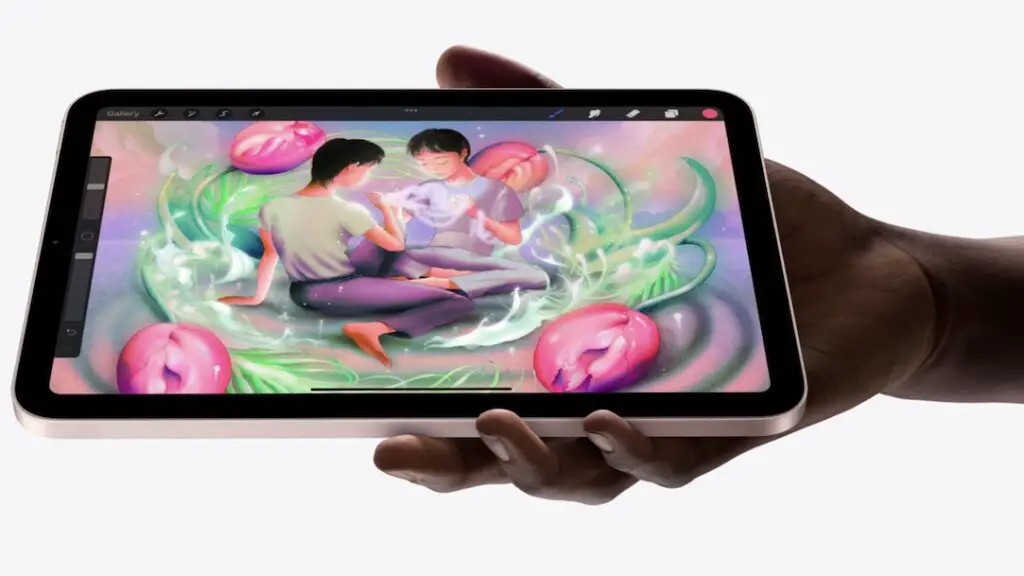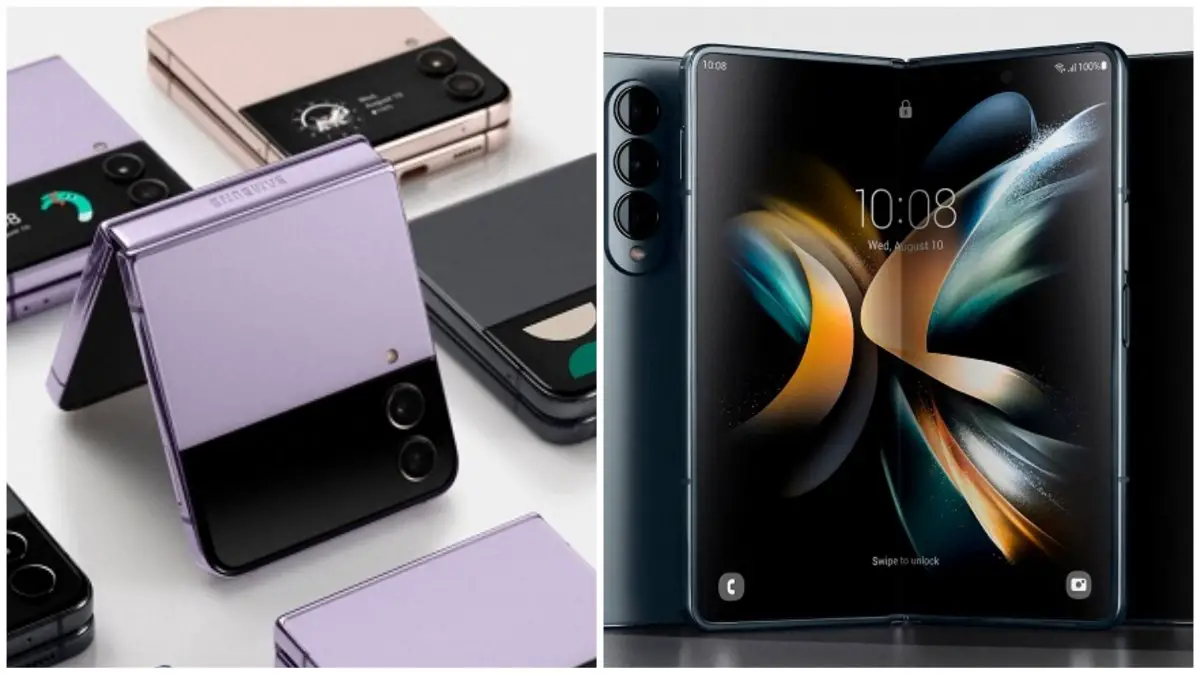Qualcomm Snapdragon Helps Build The Metaverse

The metaverse is not just the creation of hardware, but also developing the content. Qualcomm has already established itself as a leader on its own in the VR market. It is primarily due to its Snapdragon XR series chips that provide power to a variety of VR as well as AR devices.
Qualcomm has revealed their Snapdragon Spaces XR developer platform that will allow developers to create AR and Augmented Reality (AR) experiences. The tool will allow developers to create and sustain AR applications that make use of devices such as AR smart glasses.
Qualcomm isn’t the only one in this venture, as it has collaborated with a variety of companies to create these AR applications. These include Niantic (Pokemon Go), Epic Games, Unity, Viacom CBS, Lenovo, Motorola, Oppo, and Xiaomi.
At present, the platform is only accessible to Lenovo’s ThinkReality smart glasses. However, it will be available for Oppo as well as Xiaomi devices in the first quarter of 2022.
Qualcomm Snapdragon Spaces

The company is planning to create Snapdragon areas the ultimate “open” and “cross-device” ecosystem. They will do this using a developer-first strategy.
This is a great thing since what the world needs today isn’t new hardware, but the development of content. The platform can help developers create AR experiences by providing them with the ability to access documentation, samples of code, tutorials, and other tools.
Snapdragon Spaces will also support well-known tools for developers like Unreal Engine 4 and Unity. This will aid in the development of innovative AR games and apps like Pokemon Go.
It will be released early next year and will include instruments for tracking hands images, image recognition, locational tracking, and much more. According to Qualcomm, it can be described as “the first head-worn AR platform optimized for AR Glasses tethered to smartphones with an OpenXR conformant runtime.”
The idea is to make use of modern 5G smartphones with enough power to process and broadcast on to AR devices. In this scenario, AR glasses are tethered to your smartphone and act as an additional screen or accessory. This is like the way Apple does use the company’s AR gadgets.

-

 List7 months ago
List7 months ago1337x Proxy List For 2022 [100% Working 1337x Mirror Sites]
-

 Explained7 months ago
Explained7 months agoWhy Did iMessage Turn Green Explained!
-

 How Tos7 months ago
How Tos7 months agoHow To Get A Specific Phone Number for yourself?
-

 List3 years ago
List3 years ago11 Best Music Players for Android Auto
-

 Explained7 months ago
Explained7 months agoHow Can Monitors Be Connected By USB? (Explained)
-

 Explained7 months ago
Explained7 months agoWhat is Android System WebView? Should You Delete it?
-

 How Tos7 months ago
How Tos7 months agoHow To Fix This Webpage Is Not Available Error In Google Chrome
-

 Gaming7 months ago
Gaming7 months agoNeal Fun Spend: Spend Bill Gates and Elon Musk Money







